Today we’re in Portland, Oregon, visiting Jim Rondone’s beautiful garden.
While the more widely planted eastern redbud (Cercis canadensis, Zones 5–9) is native to the eastern half of North America, the western redbud (Cercis occidentalis ‘Alba’, Zones 6–9; pictured) is a similar species native to Utah, Arizona, and Nevada.
Arisaema taiwanense (Zones 6–9) is a beautiful species from, as the name suggests, Taiwan. Jim finds that it needs regular watering during the summer to thrive in Portland’s summer-dry climate.
 Camellia ‘Yuletide’ (Zones 7–10) blooms for Jim starting in November and continuing until March. Jim encourages heavy blooming by pruning ruthlessly in April, which encourages new growth in plenty of time to develop new flower buds for the next flower display.
Camellia ‘Yuletide’ (Zones 7–10) blooms for Jim starting in November and continuing until March. Jim encourages heavy blooming by pruning ruthlessly in April, which encourages new growth in plenty of time to develop new flower buds for the next flower display.
A gorgeous clump of Cyclamen hederifolium (ivy-leaved cyclamen, Zones 4–9). This hardy species grows a little backward, being completely dormant in the summer and then bursting into bloom in the fall. The leaves you can see just beginning to emerge here will look beautiful all winter and into spring before going dormant again.
The flowers of this bottle gentian (Gentiana andrewsii, Zones 3–7) remain closed, which saves the pollen and nectar for the plant’s preferred pollinators, bumblebees, which are strong enough to pull the petals apart to access the nectar inside. This species is native to usually moist areas in the eastern half of North America.
The Pacific Northwest, including Portland, is often thought of as cold and rainy, but that is actually only true seasonally. It is very dry during summer, with the steady rains returning in fall.
Lagerstroemia subcostata var. fauriei ‘Fantasy’ (Zones 6–9) is a beautiful crape myrtle. It has clusters of pretty white flowers in summer, but the real show is this incredible bark, which gets more beautiful with each passing year.
If you are only familiar with the typical large-flowered hybrid clematis, you are missing out on some of the most beautiful flowers in this genus. This is Clematis crispa (Zones 6–9), a vine native to the central and southeastern United States that has these magically shaped flowers. Here it shows off beautifully with a backdrop of the soft pink Ceanothus × pallidus ‘Marie Simon’ (Zones 6–9). This ceanothus is a hybrid of species native to the east and west coasts of North America, giving it extra adaptability and vigor, along with those romantic flowers.
The rear garden in May
The lush green of April in the garden
Have a garden you’d like to share?
Have photos to share? We’d love to see your garden, a particular collection of plants you love, or a wonderful garden you had the chance to visit!
To submit, send 5-10 photos to gpod@taunton.com along with some information about the plants in the pictures and where you took the photos. We’d love to hear where you are located, how long you’ve been gardening, successes you are proud of, failures you learned from, hopes for the future, favorite plants, or funny stories from your garden.
Have a mobile phone? Tag your photos on Facebook, Instagram or Twitter with #FineGardening!
Do you receive the GPOD by email yet? Sign up here.
Fine Gardening Recommended Products
Lee Valley Mini Garden Shear Set
Fine Gardening receives a commission for items purchased through links on this site, including Amazon Associates and other affiliate advertising programs.
These shears have a distinctive finger rest that not only aids grip but allows greater freedom of movement than a conventional handle design. They have a durable powder-coat finish to resist rust and wear, and a simple clasp that locks the spring-action stainless-steel blades closed. The set includes one pair of round-nose shears measuring 5 1/2" overall with 1" blades for cutting stems up to 3/8" in diameter, and one pair of 6 1/2" needle-nose shears with 2" fine-tip blades for precise work.
The Nature of Oaks: The Rich Ecology of Our Most Essential Native Trees
Fine Gardening receives a commission for items purchased through links on this site, including Amazon Associates and other affiliate advertising programs.
The Nature of Oaks reveals what is going on in oak trees month by month, highlighting the seasonal cycles of life, death, and renewal. From woodpeckers who collect and store hundreds of acorns for sustenance to the beauty of jewel caterpillars, Doug Tallamy illuminates and celebrates the wonders that occur right in our own backyards. He also shares practical advice about how to plant and care for an oak, along with information about the best oak species for your area.
Gardener's Supply Company Summerweight Fabric Plant Cover
Fine Gardening receives a commission for items purchased through links on this site, including Amazon Associates and other affiliate advertising programs.
Ideal for summertime pest control, this garden cover effectively screens out Japanese beetles, potato beetles, cabbage worms, leaf miners, carrot flies and most vine borers. It transmits 97.6% of the light to your plants without allowing heat build-up, and it provides cold protection down to 41° F, to extend your growing season.
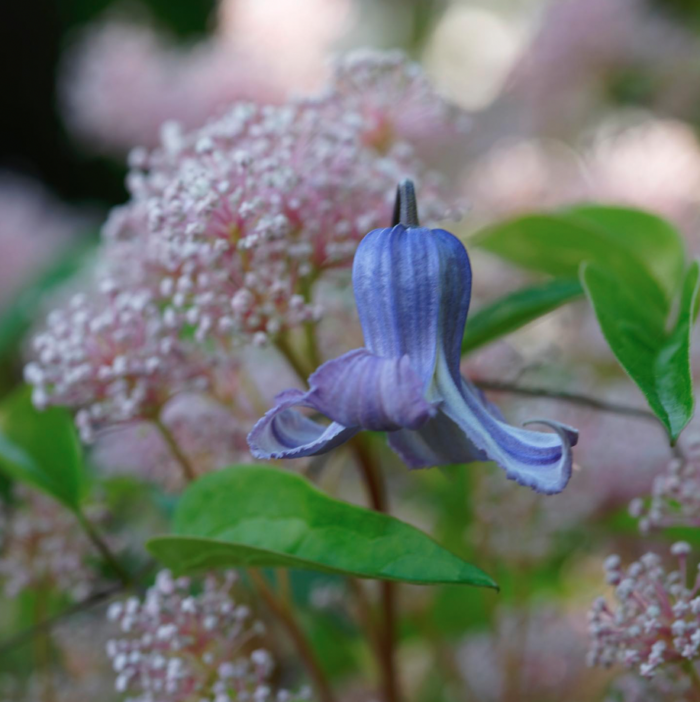


 Camellia ‘Yuletide’ (Zones 7–10) blooms for Jim starting in November and continuing until March. Jim encourages heavy blooming by pruning ruthlessly in April, which encourages new growth in plenty of time to develop new flower buds for the next flower display.
Camellia ‘Yuletide’ (Zones 7–10) blooms for Jim starting in November and continuing until March. Jim encourages heavy blooming by pruning ruthlessly in April, which encourages new growth in plenty of time to develop new flower buds for the next flower display.

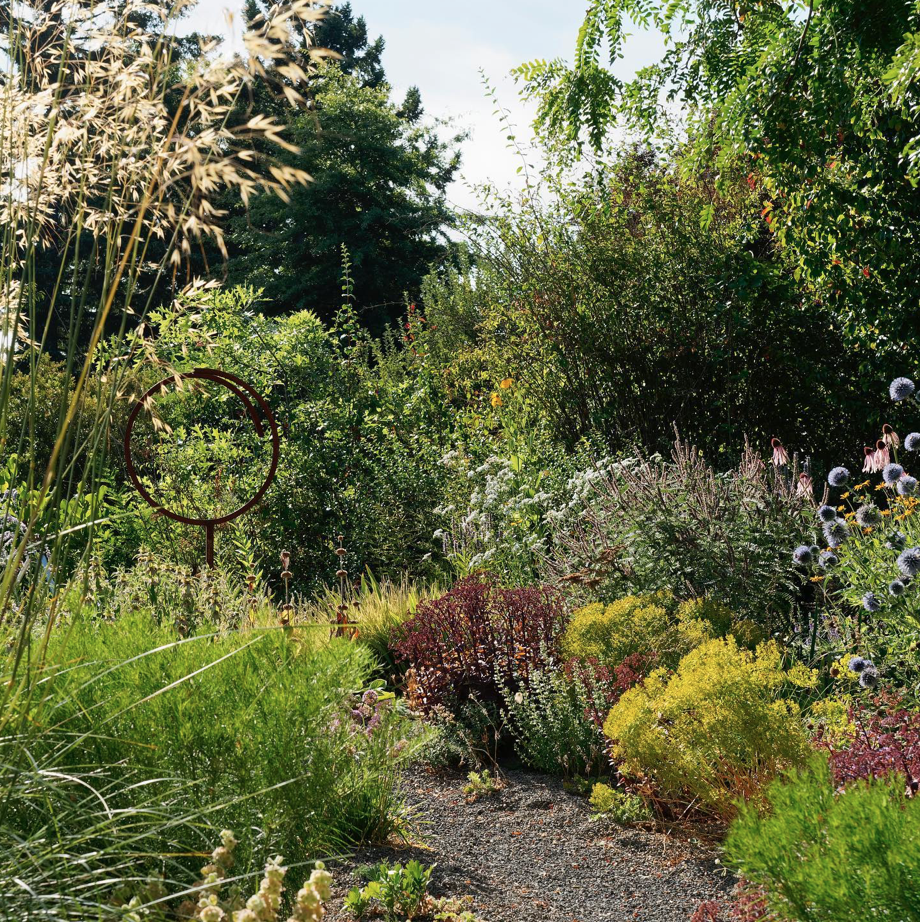
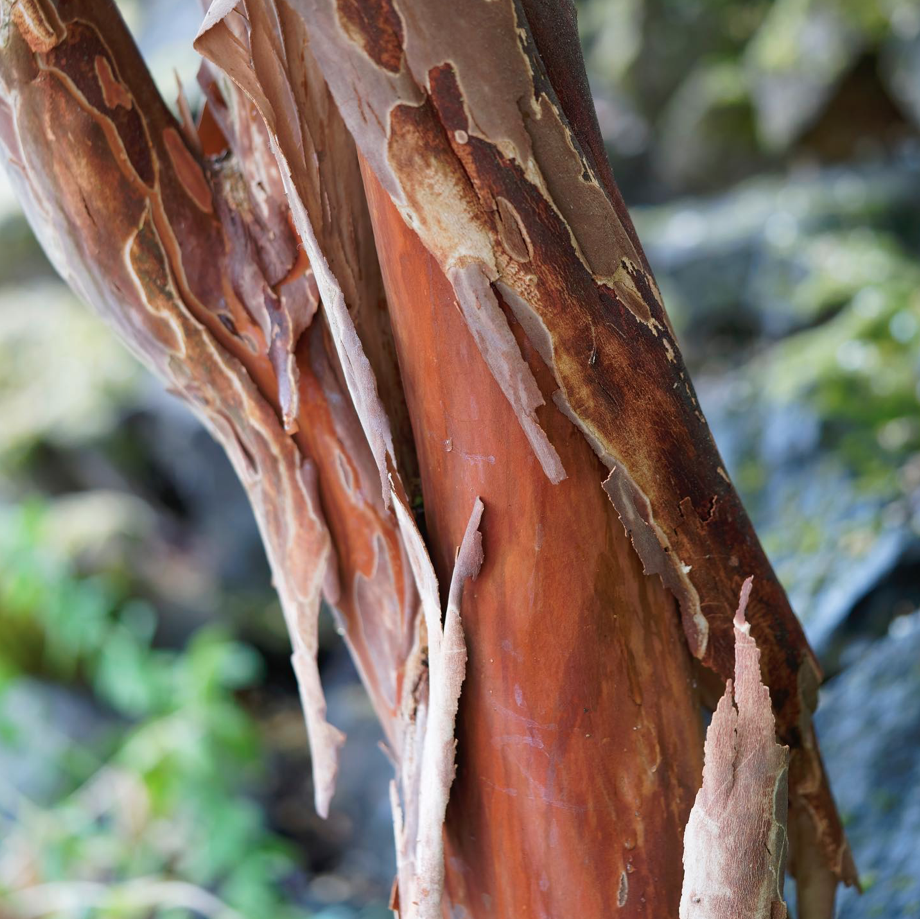
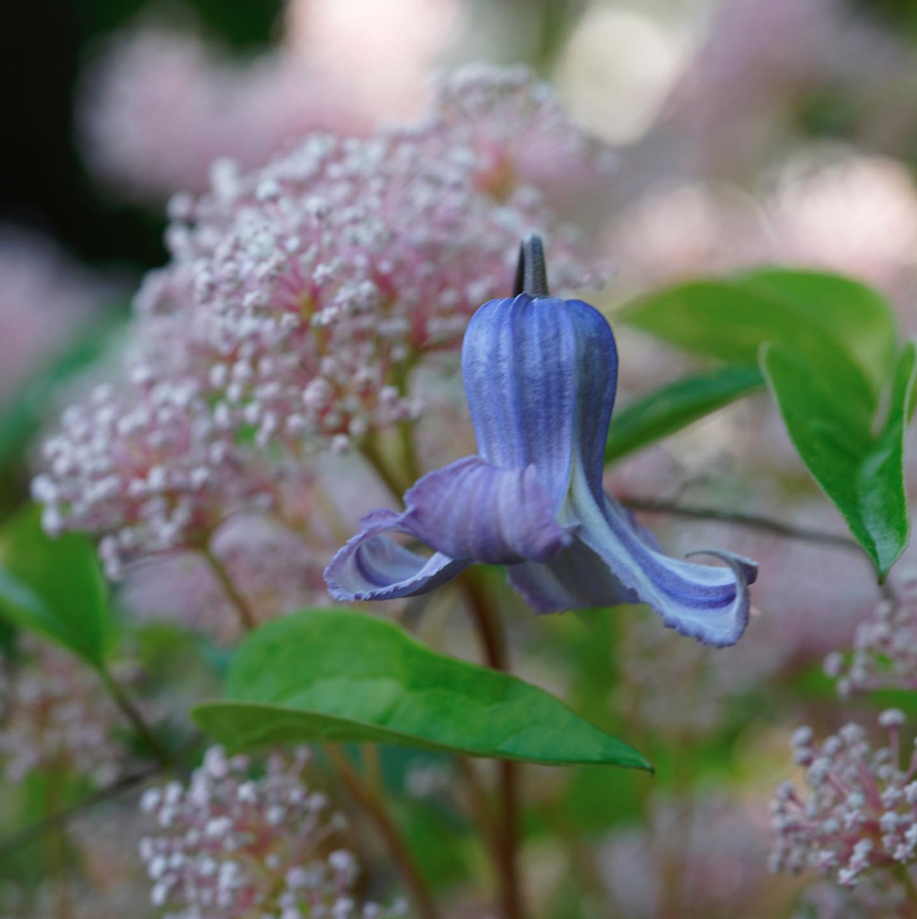



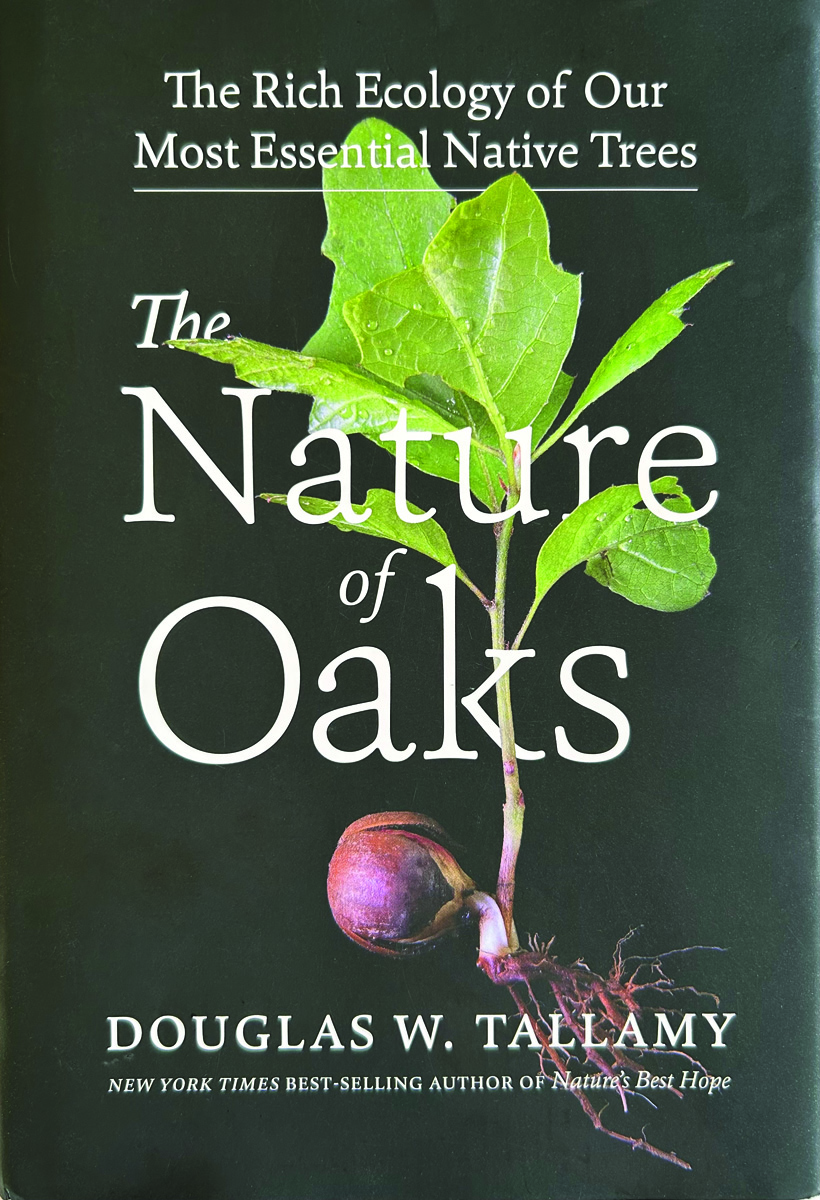
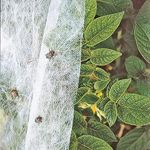

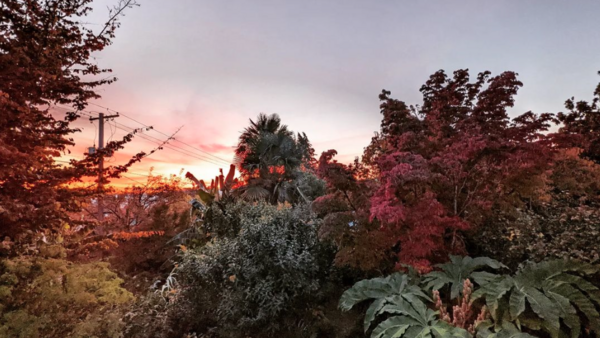


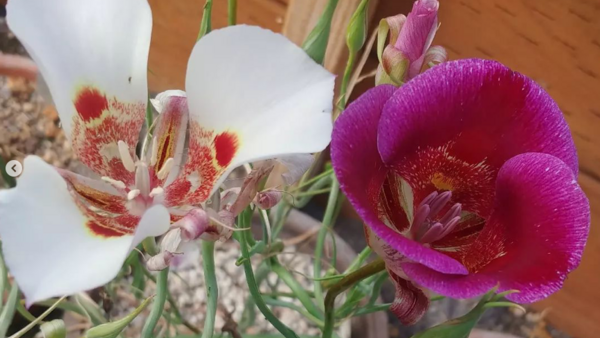

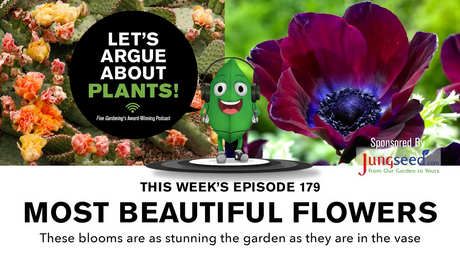



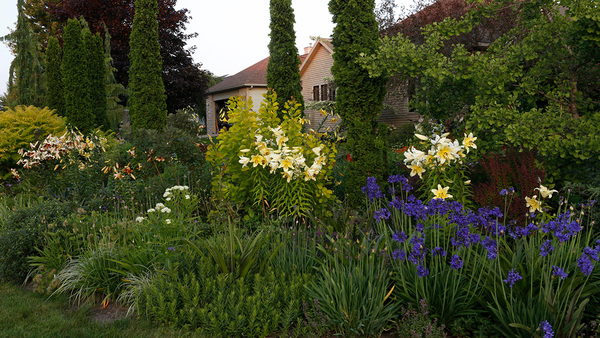



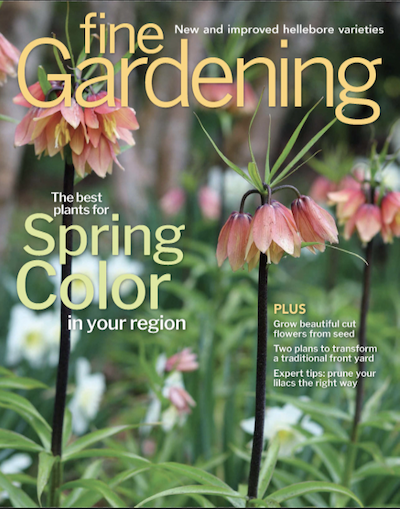



Comments
I found myself saving like 4 of your garden photos to my Pinterest for inspiration! I'm just so impressed with what you've accomplished here...also learned about a few plants from your post. The April and May photos of the garden are just breath taking, I'd love to see more seasons in this garden!
Sue, are you able to get the emails anymore? I wish I could but even after trying several times -- no joy.
Love it all but especially the clematis.
Stunning... just wow...
Wonderful views and inspiration for a cold winter day in New England. Thank you for sharing your garden.
Lovely!!
Log in or create an account to post a comment.
Sign up Log in